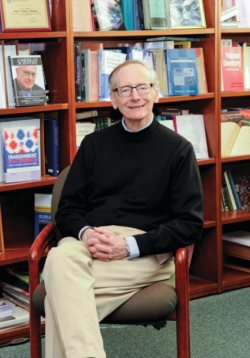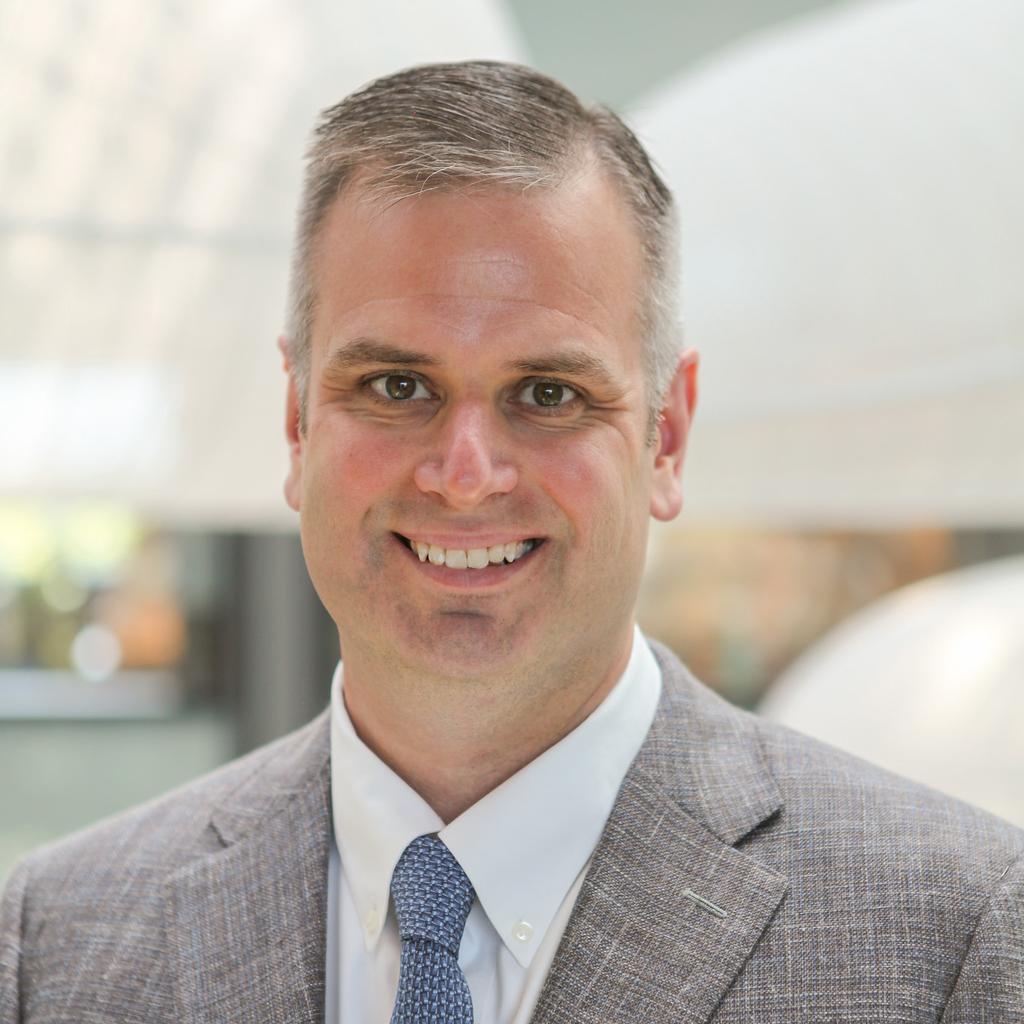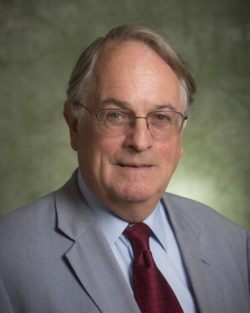
Tobin J. Marks (B.S. ’66, chemistry), Northwestern University’s Charles E. and Emma H. Morrison Professor of Chemistry, Professor of Materials Science & Engineering, and the Vladimir N. Ipatieff Professor of Catalytic Chemistry established the Tobin J. Marks Endowed Lectureship in Chemical Discovery at UMD in 2016. Annual lectures are given by distinguished scholars renowned for their contributions as chemists.
Dr. Marks earned his undergraduate degree in chemistry in 1966 from the University of Maryland, College Park. The 2017 Priestley Medalist, the American Chemical Society’s highest honor, Dr. Marks has distinguished himself as one of the most prolific chemists in the world through his innovative and interdisciplinary research in inorganic, organic, and materials chemistry. Marks has earned numerous awards, including the U.S. National Medal of Science in 2005, the Arthur C. Cope Senior Scholar Award in Organic Chemistry in 2011, and the Gabor A. Somorjai Award for Creative Research in Catalysis in 2013, and the 2017 Priestley Medal. He has published more than 1,300 papers and has more than 274 patents. We are proud of Dr. Marks’s achievements and privileged to have this lecture in his name.
The inaugural Tobin J. Marks Lecture in Chemical Discovery was held on October 13, 2020. Due to the COVID-19 pandemic, the lecture took place virtually on Zoom. Stanley Whittingham, 2019 Nobel Laureate in Chemistry, was the invited lecturer.
Tobin J. Marks Lecturers
- Paul J. Chirik (2022)
- Stanley Whittingham (2020)
Paul J. Chirik (2022)

Paul J. Chirik is the Edwards S. Sanford Professor of Chemistry at Princeton University. He is the editor-in-chief of Organometallics and an expert in sustainable chemistry and catalysis with Earth-abundant transition metals. Chirik earned a B.S. in chemistry from Virginia Tech in 1995, received a Ph.D. in chemistry from California Institute of Technology in 2000, and completed a postdoc at Massachusetts Institute of Technology in 2001. He has served as an associate editor for Catalysis Science & Technology and on the editorial advisory boards for Inorganic Chemistry and Organometallics. Chirik received the Gabor A. Somorjai Award for Creative Research in Catalysis and the Linus Pauling Medal in 2021.
Chirik is a leader in sustainable chemistry, with an emphasis on developing chemical catalysts that come from abundant, environmentally benign elements rather than the rare or environmentally damaging materials currently used in many manufacturing processes. His research also focuses on developing chemical transformations, such as catalytic ammonia synthesis, that are compatible with renewable resources and ultimately reduce fossil fuel inputs and carbon dioxide pollution.
Stanley Whittingham (2020)

M. Stanley Whittingham is a SUNY distinguished professor of chemistry and materials science and engineering at SUNY Binghamton and the 2019 Chemistry Nobel Laureate. He received his B.A. and D.Phil. degrees in chemistry from Oxford University, where he is an honorary Fellow of New College. He has been active in Li-batteries since 1971 when he won the Young Author Award of the Electrochemical Society for his work on the solid electrolyte beta-alumina. In 1972, he joined Exxon’s Corporate Research Laboratory and discovered the role of intercalation in battery reactions, which resulted in the first commercial lithium rechargeable batteries that Exxon Enterprises built. In 1988, he returned to academia at SUNY Binghamton to initiate a program in materials chemistry. He started a graduate program in Materials Science and Engineering.
The Origins of the Lithium Battery and Future Challenges / Opportunities
Lithium-ion batteries came from an idea in 1972 to dominate electrochemical energy storage today. They are now in a position to enable the large-scale introduction of renewable energy, as well as electrifying transportation, which will leave a cleaner and more sustainable environment for the next generation. There are ample scientific opportunities to further improve the performance and safety. Today’s cells attain only 25% of their theoretical value. However, as the energy density increases, the safety tends to be compromised. Examples will include: the soft TiS2 lattice, the layered oxides, LiMO2, and Li2VOPO4, a proof of concept for a two-electron transfer. These opportunities and the technical challenges that need to be overcome will be described to open up a discussion.

